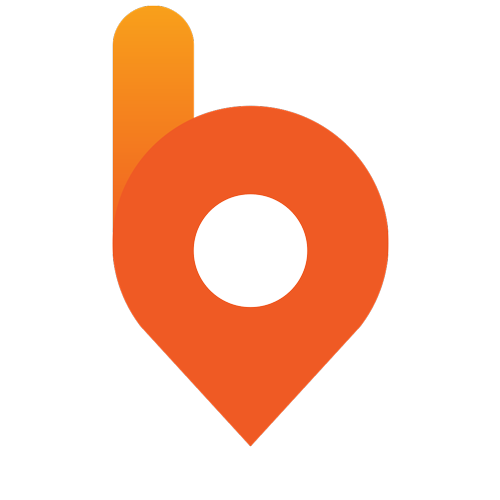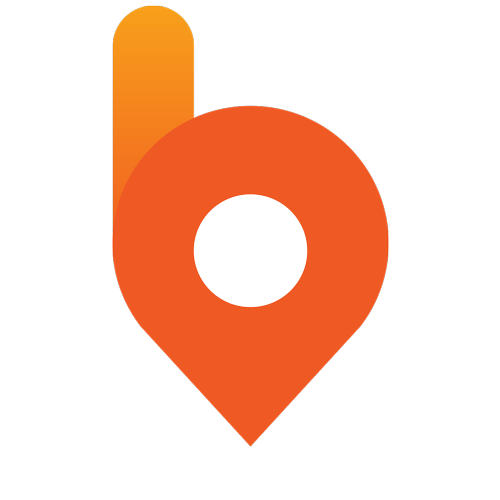This is due to the amount of stock carried during this period being greater. The EOQ is also commonly referred to as the economic lot quantity or economic buying quantity. To see our product designed specifically for your country, please visit the United States site. Generally, this technique leads to more orders, which could be costly, but users of this technique rationalize that more orders could lead to certain benefits like improved vendor relationships. Take your learning and productivity to the next level with our Premium Templates. Relevant resources to help start, run, and grow your business.
Do you own a business?
If you don’t know or have inventory that’s been selling for less than a year, there are several forecasting tools you can use. Thanks to the EOQ formula, you can easily predict your orders and keep your inventory optimally managed. The value of economic order quantity tells you the number of units you should order to minimize your holding and ordering costs. The EOQ model helps us to calculate what the order size should be to reduce your inventory costs. The model assumes that there are costs related to the ordering and holding of the products in the inventory, and the EOQ calculator helps you keep these costs to the lowest they can be.
Holding cost calculation (H)
In inventory management, economic order quantity (or optimal order quantity) is the ideal amount of inventory retailers should restock to minimize their order and carrying costs. The goal of the EOQ formula is to identify the optimal number of product units to order. If achieved, a company can minimize its costs for buying, delivering, and storing units.
What the Economic Order Quantity Can Tell You
The fees to store your unsold inventory are seldom fixed costs. And generally, the longer stock goes unsold, the more expensive it gets. Your company pays $2 fixed costs per order and $4 annually to hold one unit at your warehouse. The XYZ Equipment Company estimates its carrying cost at 15% and its ordering cost at $9 per order.
Resources for Your Growing Business
Inventory management software automates EOQ calculations, and order placements with pre-defined reorder points so that you minimize your chance of ever running out of stock. Most inventory software can also connect to your accounting software too for a more streamlined experience. You also have to assume order costs remain fairly constant, meaning that the formula doesn’t https://www.bookkeeping-reviews.com/ account for possible vendor discounts that you’d get for placing certain-sized orders. For the economic order quantity formula to be effective, you have to assume demand is steady and constant throughout the year. In other words, seasonal spikes and promotions aren’t accounted for in the formula. In these cases, you’d have to make a few adjustments to your order quantity.
- The estimated annual requirement is 48,000 units at a price of $4 per unit.
- To learn more, check out the 8 best inventory management software in 2021.
- The formula does not account for things like seasonality trends, bulk order discounts or the supply chain disruptions that we are facing during the pandemic.
- To see our product designed specifically for your country, please visit the United States site.
If the company runs out of inventory, there is a shortage cost, which is the revenue lost because the company has insufficient inventory to fill an order. An inventory shortage may also mean the company loses the customer or the client will order less in the future. It’s common for holding costs to be about 25% of the value of the inventory, so sometimes businesses will default to somewhere between 20%-30% of the inventory value for their holding costs. Additionally, the EOQ model reduces the chance of inventory shortages which can lead to unrealized losses.
Economic order quantity (EOQ) is the ideal quantity of units a company should purchase to meet demand while minimizing inventory costs such as holding costs, shortage costs, and order costs. This production-scheduling model was developed applied overhead vs actual overhead in 1913 by Ford W. Harris and has been refined over time. The economic order quantity formula assumes that demand, ordering, and holding costs all remain constant. The basis for the EOQ formula assumes that consumer demand is constant.
Even though it might look good on the assets section of the balance sheet, it’s not good for cash flow. This reduces the available cash that could be used for growth activities such as marketing. POS systems, such as QuickBooks Desktop Point of Sale, can use reorder points to automate purchase order forms for you, which makes it simple for you to use the EOQ. Some systems, such as Lightspeed Retail’s POS system, will even let you set your desired inventory levels ahead of time.
To learn more, check out the 8 best inventory management software in 2021. Reorder points are triggers that mean it’s time to place another order. This process can be easily automated with a comprehensive inventory management system.
Set-up costs include any expenses related to ordering your inventory, including packaging and delivery. But similar to your unit order prices, these costs are subject to change – especially during periods of high inflation or supply chain disruptions. So, any slow in sales can increase your carrying costs and affect EOQ. Holding costs (or carrying costs) refer to any expenses accrued to store your inventory. Direct-to-consumer brands (like yours) need to know the most efficient way to stock up and meet customer demand – without collecting extra, unnecessary costs.
We can determine monthly demand for raw materials by multiplying the annual forecast by 12. We must then divide this total by the yearly production capacity to find how many units are needed each month. On the other hand, carrying costs, which are variable or semi-variable in nature, tend to change nearly in direct proportion to the level of stock carried in a manufacturing firm. https://www.bookkeeping-reviews.com/what-is-pr-payment-what-is-pr-payment-by/ Assume, for example, a retail clothing shop carries a line of men’s jeans, and the shop sells 1,000 pairs of jeans each year. It costs the company $5 per year to hold a pair of jeans in inventory, and the fixed cost to place an order is $2. The EOQ formula can be paired with the reorder point formula, which helps a business identify when it should order more inventory.



